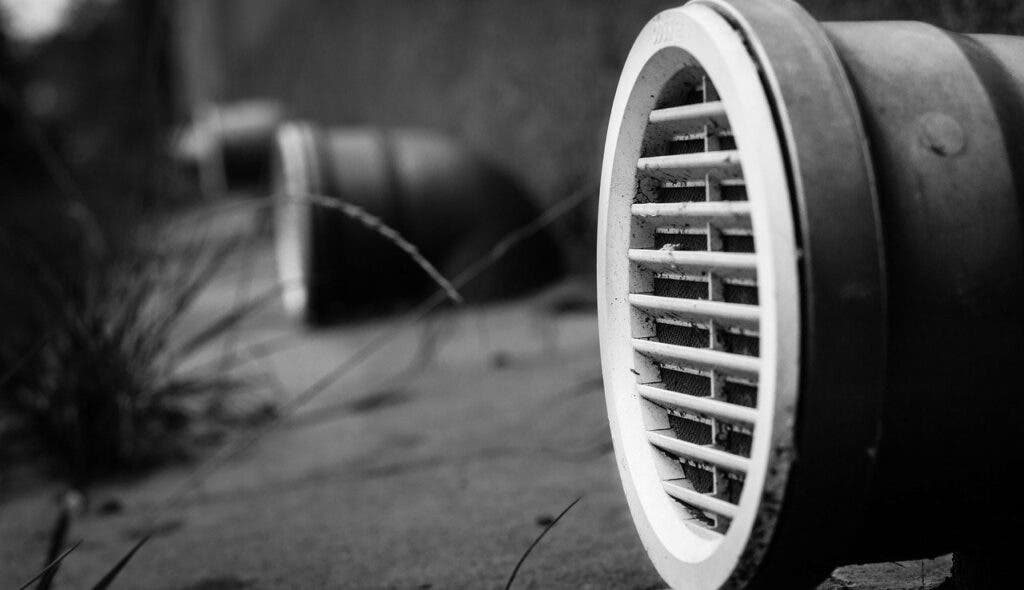A joint research venture between the University of Birmingham and private firms NitroPep Ltd and Pullman AC has produced air filters that are highly effective at killing bacteria, fungi, and viruses, including the SARS-CoV 2 virus, the infamous coronavirus.

The secret of these filters’ effectiveness is a chemical called chlorhexidine digluconate (CHDG). This is a potent biocide that can kill pathogens within seconds of coming into contact with them. Air filters coated in this substance can prove to be a powerful tool against airborne pathogens around the world, according to the researchers that designed them.
Removing the gunk
“The COVID-19 pandemic has brought to the forefront of public consciousness the real need for new ways to control the spread of airborne respiratory pathogens. In crowded spaces, from offices to large indoor venues, shopping malls, and on public transport, there is an incredibly high potential for transmission of COVID-19 and other viruses such as flu,” says Dr. Felicity de Cogan, Royal Academy of Engineering Industry Fellow at the University of Birmingham, and corresponding author of the paper.
“Most ventilation systems recycle air through the system, and the filters currently being used in these systems are not normally designed to prevent the spread of pathogens, only to block air particles. This means filters can actually act as a potential reservoir for harmful pathogens. We are excited that we have been able to develop a filter treatment which can kill bacteria, fungi and viruses—including SARS-CoV-2—in seconds. This addresses a global un-met need and could help clean the air in enclosed spaces, helping to prevent the spread of respiratory disease.”
The filters were tested in both laboratory and real-life conditions to determine how effective they were at removing air-borne pathogens, and the results are stellar.
In the lab, the filters were covered with viral particles of the Wuhan strain of SARS-CoV-2, alongside control filters. They were then checked periodically over a period of more than one hour to see how these pathogens fared. While much of the initial quantity of viral particles remained on the surface of the control filters for the experiment’s length, all SARS-CoV-2 cells were destroyed within 60 seconds on the treated filters.
Experiments involving bacteria and fungi that commonly cause illness in humans — such as E. coli, S. aureus, and C. albicans— yielded similar results. This showcases the wide applicability of the filters.
To determine how well these fitlers would perform in real-life situations, treated filters were installed in the heating, ventilation, and air conditioning systems on train carriages in the UK alongside control filters in matched pairs on the same train line. These were left to operate for three months before being removed and sent to the lab for analysis — which involved the researchers counting any bacteria colonies that survived on the filters.
No pathogens were found on the treated filters, the team explains. Furthermore, this step showed that the treatment was durable enough to withstand three months of real-world use while maintaining their structure, filtration functions, and anti-pathogen abilities.
The technology we have developed can be applied to existing filters and can be used in existing heating, ventilation and air conditioning systems with no need for the cost or hassle of any modifications,” Dr. de Cogan explains. “This level of compatibility with existing systems removes many of the barriers encountered when new technologies are brought onto the market.”
NitroPep Ltd is now building on these findings in order to deliver a final marketable version of the coating.
The paper “Efficacy of antimicrobial and anti-viral coated air filters to prevent the spread of airborne pathogens” has been published in the journal Nature Scientific Reports.









